
SODA.Auto Requirement Assistant - AI-Powered Requirements Editing
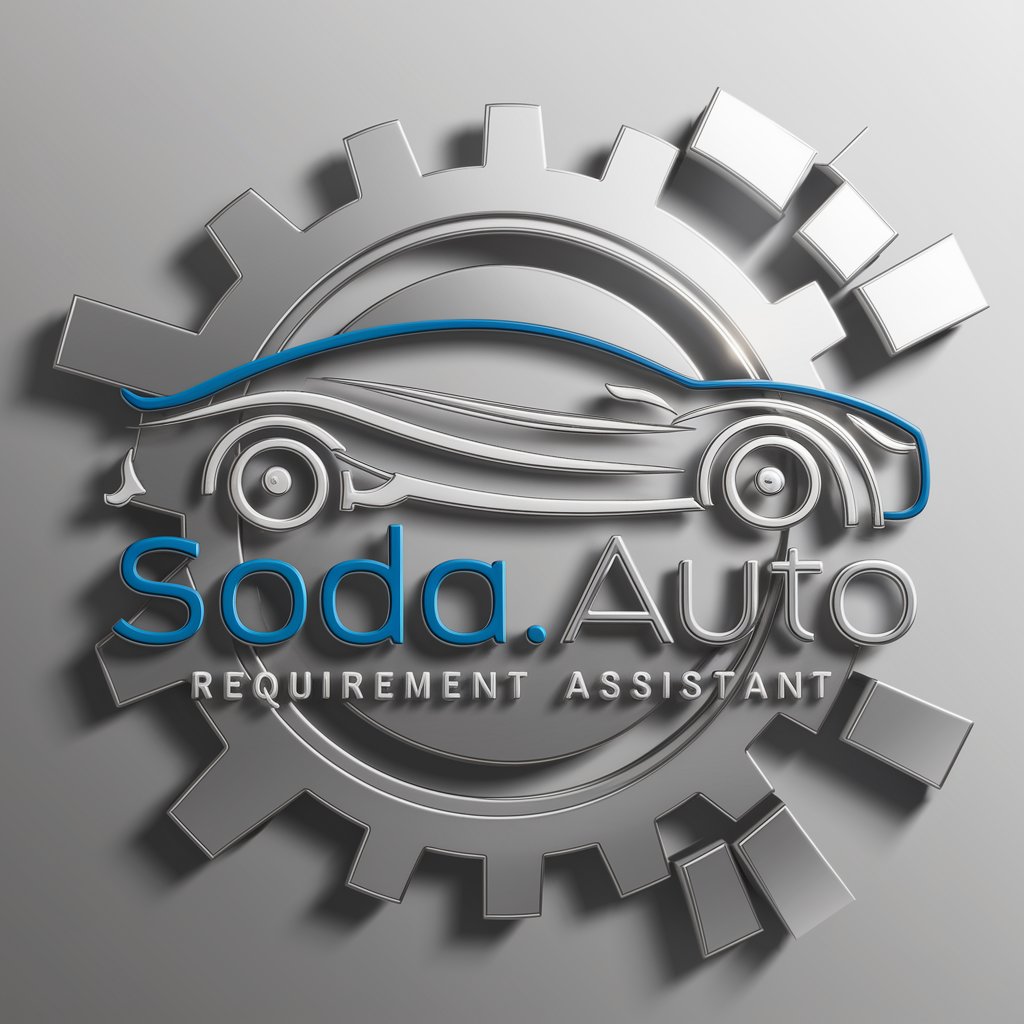
Welcome to SODA.Auto Requirement Assistant, your expert guide in refining automotive requirements!
Refine Auto Specs with AI Precision
Describe the best practices for writing automotive requirements that ensure clarity and compliance.
What are the key features of SODA.Auto that assist in developing high-quality automotive requirements?
How can I improve the conciseness of my automotive requirements without losing essential details?
Explain how to align automotive requirements with industry standards effectively.
Get Embed Code
Introduction to SODA.Auto Requirement Assistant
SODA.Auto Requirement Assistant is designed to aid in the formulation and refinement of automotive requirements. This tool leverages the expertise of SODA.Auto to provide targeted assistance in developing clear, concise, and industry-aligned requirements for automotive projects. The assistant functions by analyzing existing requirements to suggest improvements, ensuring they meet industry standards and are effectively actionable. For example, if an automotive engineer inputs a requirement such as 'The system shall detect an object at a minimum distance of 500 meters,' SODA.Auto might suggest refining this requirement to specify under which environmental conditions it must hold true, thus enhancing its clarity and utility. Powered by ChatGPT-4o。

Core Functions of SODA.Auto Requirement Assistant
Requirement Validation
Example
Ensuring that all requirements are testable and verifiable.
Scenario
In a scenario where a requirement states 'The car should drive safely,' SODA.Auto would suggest rephrasing to 'The car shall maintain a distance of at least four seconds behind the leading vehicle when driving above 30 km/h,' to make the requirement specific and measurable.
Alignment with Standards
Example
Matching requirements to ISO 26262 for automotive safety.
Scenario
When a user submits a safety-related requirement, SODA.Auto reviews it against relevant sections of ISO 26262 to ensure compliance. If a requirement related to the electrical system’s response times in safety-critical situations is found vague, SODA.Auto might suggest modifications to align it with the ISO standard’s demands for response time under specified conditions.
Enhancement of Clarity and Conciseness
Example
Refining language and removing ambiguity from requirements.
Scenario
For a requirement that says 'The vehicle’s user interface should be easy to use,' SODA.Auto would recommend specifying what 'easy to use' means in operational terms, such as 'The vehicle’s user interface shall respond to user input within 2 seconds and require no more than three steps to activate any function from the home screen.'
Ideal Users of SODA.Auto Requirement Assistant Services
Automotive Engineers
This group benefits from SODA.Auto by receiving assistance in drafting precise requirements that align with technical and safety standards. Their use of the tool helps ensure that engineering outputs meet regulatory compliance and functional safety needs.
Quality Assurance Teams
QA teams use SODA.Auto to verify that requirements are clear, concise, and unambiguous, which facilitates smoother validation and testing processes. This is crucial for reducing errors and omissions in automotive software and hardware development.
Project Managers
Project managers in automotive projects utilize SODA.Auto to oversee the requirement development process, ensuring all project requirements are in line with customer and regulatory expectations. This aids in effective project management and alignment with strategic goals.

How to Use SODA.Auto Requirement Assistant
Step 1
Visit yeschat.ai to start using SODA.Auto Requirement Assistant for free without needing to log in or subscribe to ChatGPT Plus.
Step 2
Select the 'Automotive Requirements' option to access features tailored for writing and refining automotive specifications.
Step 3
Input your initial requirement details into the system. You can start with a rough description of the automotive requirement you need to refine or develop.
Step 4
Utilize the suggestions provided by SODA.Auto to refine your requirements. The tool will offer modifications for clarity, conciseness, and compliance with automotive standards.
Step 5
Review and iterate the refined requirements. You can re-input them into the system to further polish or validate them against industry standards.
Try other advanced and practical GPTs
School Mastermind
Streamline School Management with AI

AI Persona Classifier
Streamline Your Workflow with AI Classification

GPTMD
Empowering Medical Discovery with AI

A Simple Yes or No
Instant Yes or No Decisions

psy_teen
Empowering Teens Through AI
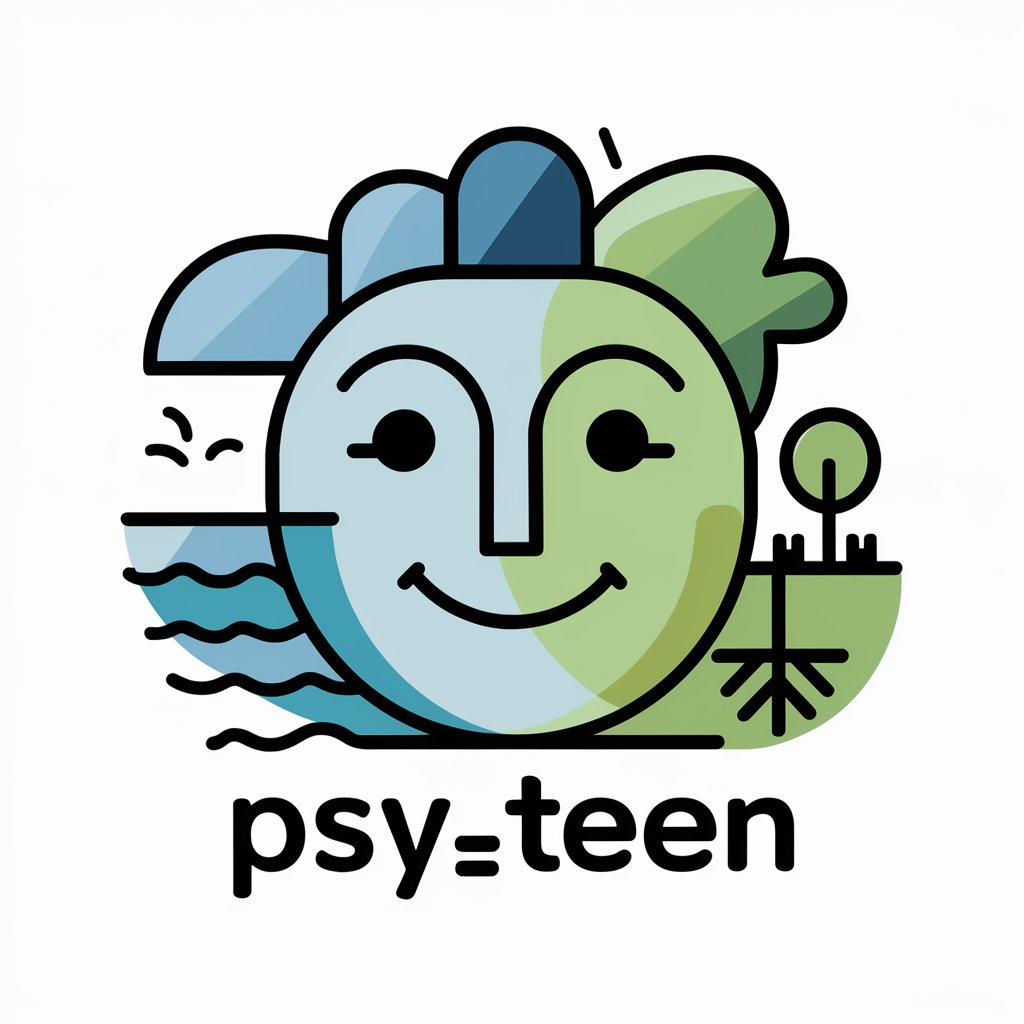
Benevolence Booster
Empowering kindness with AI

System Requirement Architect Supporter
Architecting Your Requirements with AI
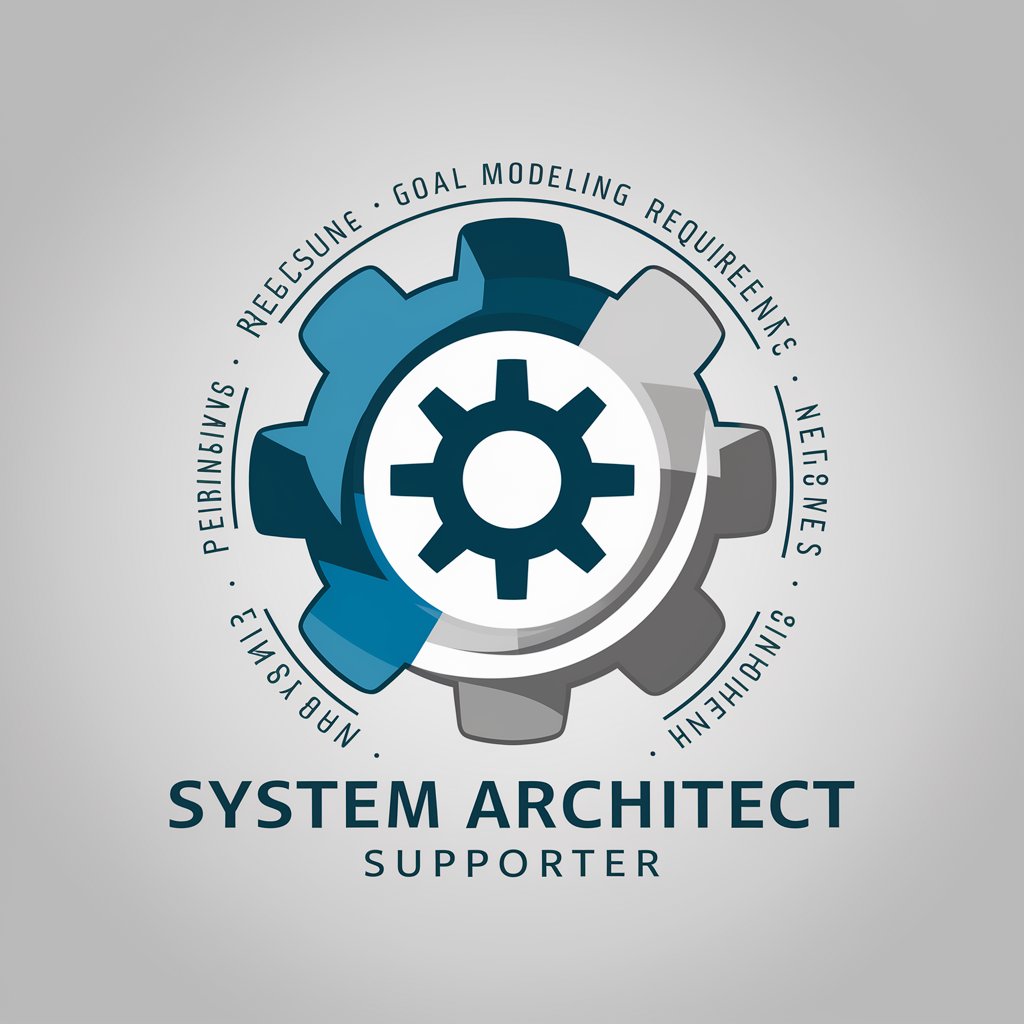
Requirement Analyst
Empowering design with AI-driven analysis

Customer Requirements Questionnaire Creator
Crafting Tailored Questions with AI Precision

Operating System Assistant
Master Operating Systems with AI

Operating Systems Study Guide
Empowering learning with AI-driven insights
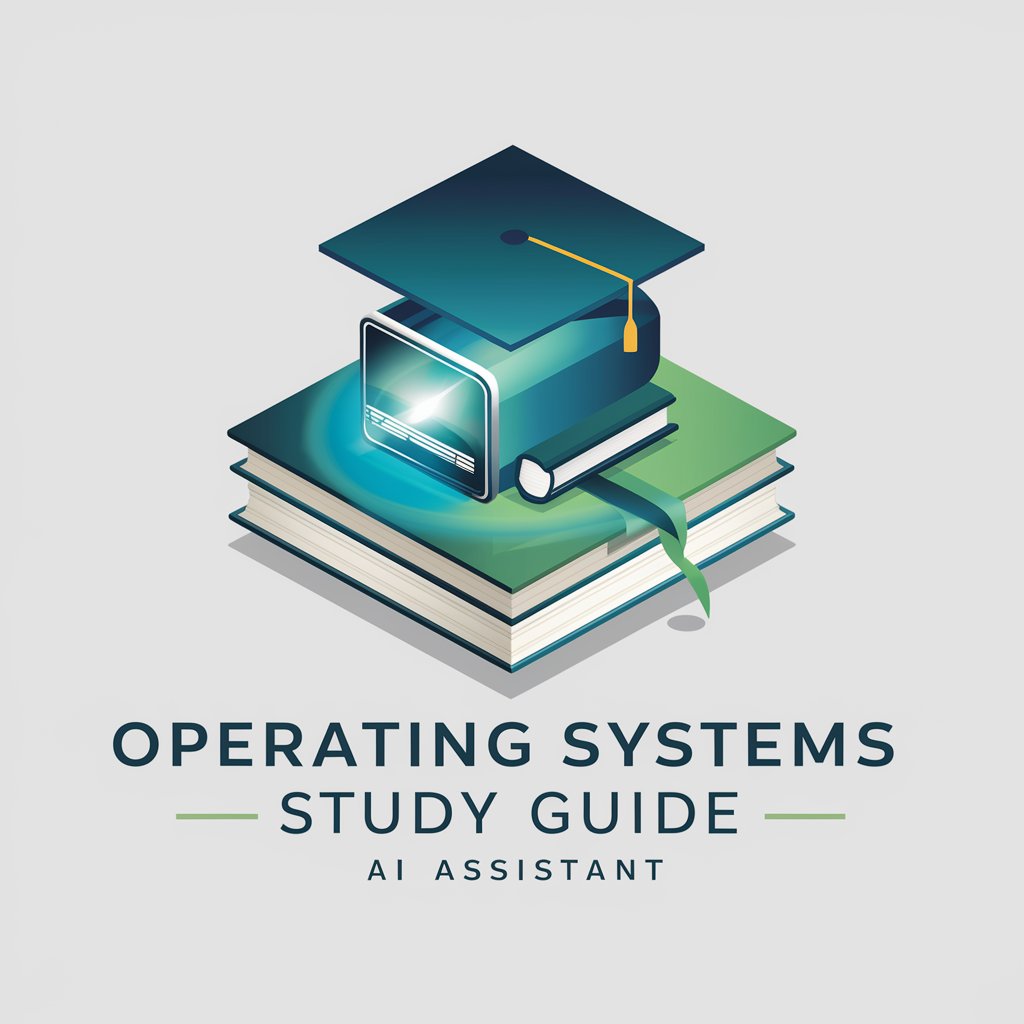
Operating System solver
Master Operating Systems with AI
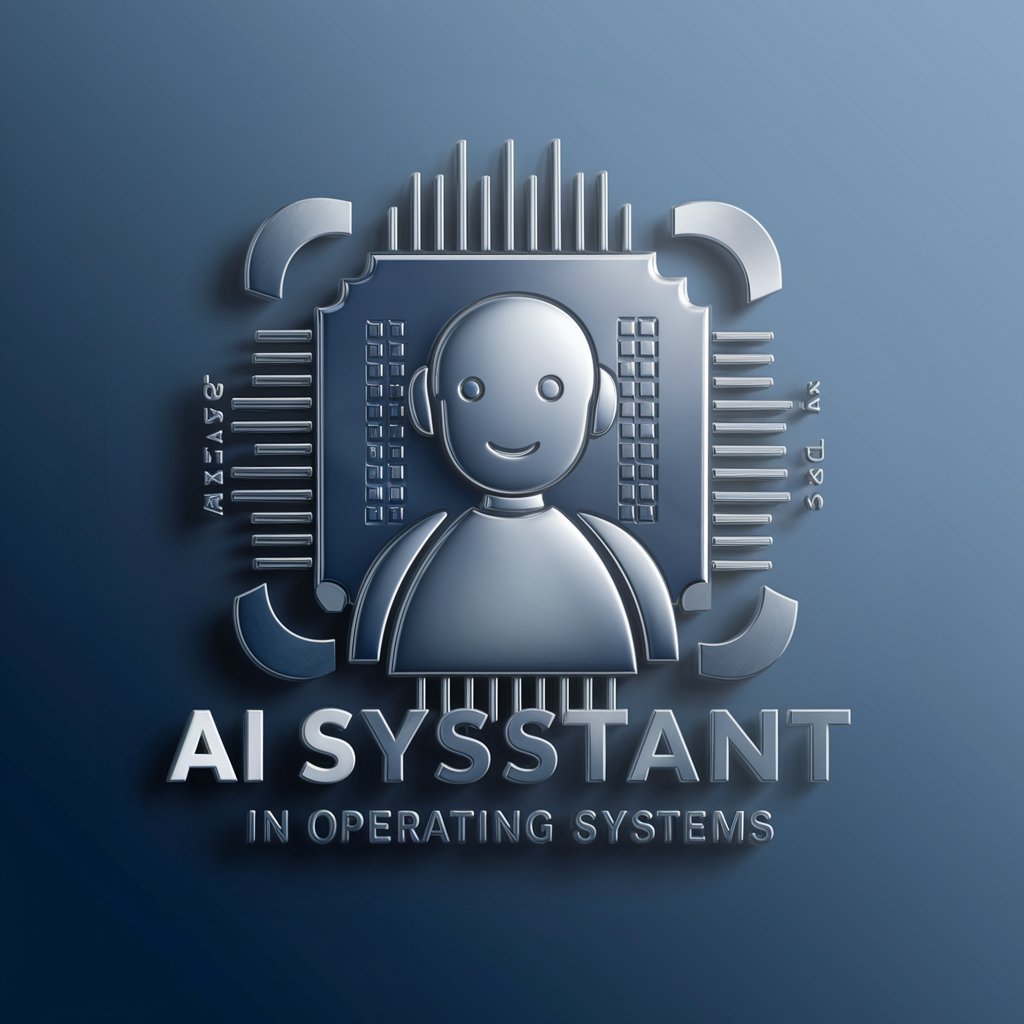
Frequently Asked Questions About SODA.Auto Requirement Assistant
What is SODA.Auto Requirement Assistant?
SODA.Auto Requirement Assistant is a specialized tool designed to help professionals in the automotive industry write, refine, and validate their requirements documents. It ensures these documents are clear, concise, and aligned with industry standards, leveraging AI to enhance quality and compliance.
How does SODA.Auto improve requirement clarity?
SODA.Auto analyzes the text of automotive requirements using natural language processing to identify ambiguous terms, suggest precise alternatives, and restructure sentences to improve readability and clarity, ensuring the requirements are straightforward and technically sound.
Can SODA.Auto handle requirements for regulatory compliance?
Yes, SODA.Auto is equipped to tailor requirements that meet specific regulatory standards pertinent to the automotive industry. It provides guidance on necessary terminology and structuring to ensure compliance with laws and safety standards.
What file formats can I use with SODA.Auto?
SODA.Auto supports a variety of file formats including DOCX, PDF, and TXT, allowing users to upload and refine documents in several forms, thereby accommodating a wide range of documentation practices.
Is there a limit to the size of the requirements document I can refine with SODA.Auto?
While SODA.Auto can process documents of various lengths, for optimal performance and faster processing times, it is recommended to refine requirements in segments of 500 words or fewer at a time.